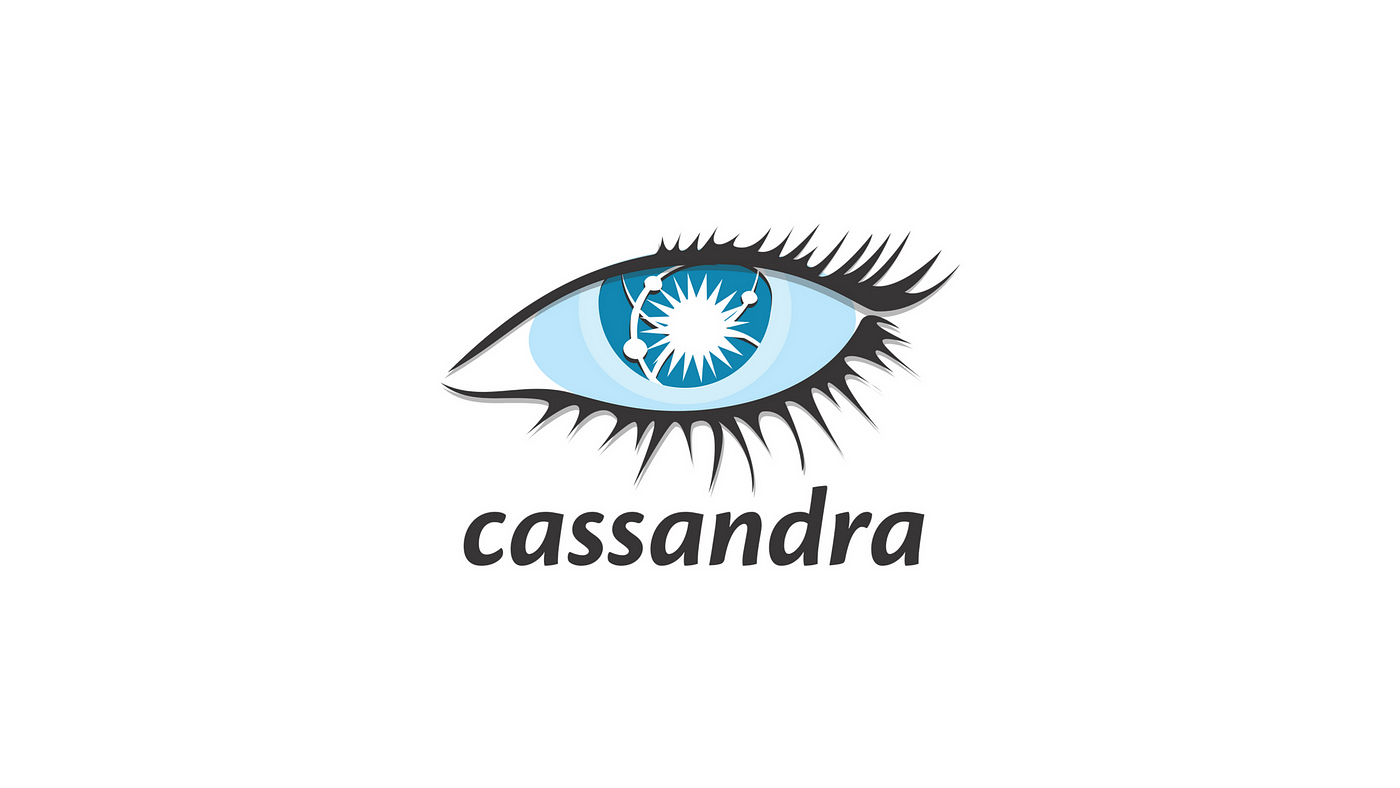
Cassandra Query Language (CQL) is a powerful and intuitive way to interact with the Apache Cassandra database. It offers a familiar syntax that resembles SQL, making it accessible to developers and database administrators. CQL is designed to handle vast amounts of data across distributed commodity servers, providing high availability and fault tolerance. This language is optimized for performance and scalability, making it a popular choice for modern, data-intensive applications.
In this article, we will delve into six essential facts about Cassandra Query Language (CQL) that every developer and database enthusiast should know. From its seamless integration with Apache Cassandra to its support for complex data types and its role in facilitating distributed data management, CQL offers a robust foundation for building and managing cutting-edge data solutions. Let's explore the key aspects of CQL that make it a valuable tool for harnessing the power of distributed databases and unlocking the potential of big data applications.
Key Takeaways:
- Cassandra Query Language (CQL) makes it easy for developers to work with Apache Cassandra, using familiar SQL-like commands and supporting various data types for flexible data storage.
- CQL empowers developers to create efficient data models, interact with Cassandra using popular programming languages, and build robust and scalable applications that can handle massive volumes of data.
Cassandra Query Language (CQL) is a powerful and intuitive query language that allows users to interact with the Apache Cassandra database.
CQL is designed to be familiar and easy to use for developers who are already familiar with SQL. It provides a structured and straightforward way to create, retrieve, update, and delete data from the Cassandra database. With its similarity to SQL, CQL simplifies the learning curve for developers and enables them to leverage the distributed and fault-tolerant nature of Cassandra without the need to master a new query language.
CQL supports a wide range of data types, including primitive types, collections, and user-defined types.
From simple data types like integers and text to collections such as lists, sets, and maps, CQL offers a comprehensive set of data types to accommodate diverse data storage needs. Additionally, CQL allows users to define their own custom data types, providing flexibility and extensibility in data modeling.
CQL employs a rich set of commands for data manipulation and schema definition.
With CQL, users can effortlessly create keyspaces, define tables, and alter table schemas. The language also offers a robust set of commands for querying and modifying data, including SELECT, INSERT, UPDATE, and DELETE statements. This versatility empowers developers to manage the database schema and manipulate data with ease.
CQL facilitates the creation of efficient and optimized data models for Cassandra.
By embracing CQL, developers can design data models that align with Cassandra's distributed architecture, ensuring high performance and scalability. CQL's support for denormalization and query-driven data modeling enables the creation of efficient schemas tailored to specific application requirements.
CQL integrates seamlessly with popular programming languages and frameworks.
Developers can interact with Cassandra using CQL drivers for various programming languages, including Java, Python, and Node.js. This seamless integration empowers developers to leverage the capabilities of Cassandra within their preferred development environment, fostering productivity and flexibility.
CQL empowers users to harness the distributed and fault-tolerant capabilities of Apache Cassandra.
With its intuitive syntax and powerful features, CQL enables developers to harness the distributed and fault-tolerant nature of Cassandra, building robust and scalable applications. By embracing CQL, developers can unlock the full potential of Cassandra and leverage its capabilities to handle massive volumes of data with ease.
Cassandra Query Language (CQL) stands as a pivotal component in the realm of database management, offering a seamless bridge for developers to harness the distributed and fault-tolerant capabilities of Apache Cassandra. Its intuitive nature, support for diverse data types, and seamless integration with popular programming languages make it a formidable tool for building scalable and high-performance applications. As developers continue to navigate the evolving landscape of data management, CQL remains a steadfast ally, empowering them to craft efficient data models and interact with Cassandra in a familiar and intuitive manner.
Conclusion
In conclusion, understanding the fundamentals of Cassandra Query Language (CQL) is crucial for anyone working with Apache Cassandra. CQL's SQL-like syntax, scalability, and flexibility make it a powerful tool for managing and querying distributed databases. By grasping the nuances of CQL, users can optimize their database interactions and harness the full potential of Apache Cassandra. Embracing CQL empowers developers and administrators to navigate the complexities of distributed systems with confidence, enabling them to build robust, high-performance applications that can seamlessly handle massive amounts of data.
FAQs
What are the key differences between CQL and traditional SQL?CQL shares similarities with SQL, making it relatively easy for SQL users to transition to Cassandra. However, CQL is specifically designed for distributed databases and incorporates features tailored to Cassandra's architecture, such as support for wide column stores and eventual consistency.
How can I optimize CQL queries for better performance?Optimizing CQL queries involves various strategies, including understanding data modeling best practices, utilizing appropriate indexing, and leveraging Cassandra's distributed architecture. Additionally, optimizing queries requires a deep understanding of the underlying data distribution and access patterns within the Cassandra cluster.
Was this page helpful?
Our commitment to delivering trustworthy and engaging content is at the heart of what we do. Each fact on our site is contributed by real users like you, bringing a wealth of diverse insights and information. To ensure the highest standards of accuracy and reliability, our dedicated editors meticulously review each submission. This process guarantees that the facts we share are not only fascinating but also credible. Trust in our commitment to quality and authenticity as you explore and learn with us.


